Cabbage is a member of the cruciferous family, which also includes kale, broccoli and Brussels sprouts. Cabbage is round in shape and consists of layers of leaves.
Cabbage has a long history of use both as a food and as a medicinal agent. It is developed from wild cabbage. Wild cabbage was introduced to Europe around 600 BC by groups of Celtic wanderers. It was cultivated in Ancient Greece and the Roman Empire, being considered an exceptional medicinal agent.
Cabbage, in its modern form, is developed and distributed throughout Europe and especially in northern Germany, Poland and Russia, where it becomes very popular in local traditional cuisines. The Italians, in turn, helped to develop Savoy cabbage. Russia, Poland, China and Japan are some of the leading producers of cabbage nowadays.
Some call cabbage the "northern lemon" because of the high vitamin C content, which is more than that in lemons and oranges.
Composition and calories of cabbage
Cabbage is an excellent source of vitamin C. It is also a very good source of fiber, manganese, folate, vitamin B6, potassium and omega-3 fatty acids. Cabbage is a good source of thiamin (vitamin B1), riboflavin (vitamin B2), calcium, potassium, magnesium, vitamin A and protein.
Cabbage also contains phytochemicals called indoles and sulforaphane. 150 g of cabbage contains 33 calories, 1.53 g of protein and 0.65 g of fat.
Types of cabbage
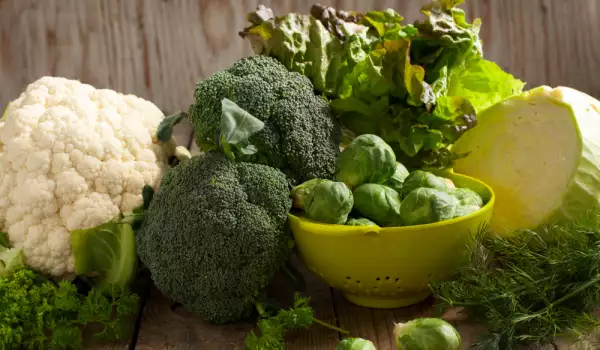
White cabbage - this is the most common type of cabbage. It is sometimes called green cabbage. It is a vegetable with wonderful taste qualities that can be used all year round due to its relatively easy storage. White cabbage is extremely healthy - it contains a lot of sugars, amino acids, mineral salts, vitamins. It contains about 92% water. Potassium salts in cabbage are more than sodium salts, which prevents water retention in the body.
Red cabbage - in terms of appearance, taste and chemical composition, it is very close to white cabbage. It has a characteristic red-violet color, which is due to the coloring substances contained in it, from the group of anthocyanins. It appeared in the 16th century in Western Europe. Contains about 90% water, vitamins B1, B2, C and PP. It is rich in pantheonic acid, calcium, potassium, phosphorus and magnesium.
Brussels sprouts - comes from Belgium in the 16th century. It is extremely rich in proteins, and when cooking it should not be overcooked because it loses its qualities. The best way to store it is freezing.
Chinese cabbage - has a mild flavor and a higher concentration of vitamin A. Chinese cabbage has pale green curly leaves and is very suitable for Cabbage Salads. It has a fresh and very pleasant taste.
Cauliflower - more difficult to grow, compared to other types of cabbage. It has many advantages over white cabbage, but it is slightly behind in popularity, although cauliflower is one of the must-have vegetables pickled vegetables.
Broccoli - they are extremely rich in vitamins A and D. The consumption of broccoli has increased in recent years because, in addition to being very healthy, they are quick to prepare and extremely tasty.
Selection and storage of cabbage
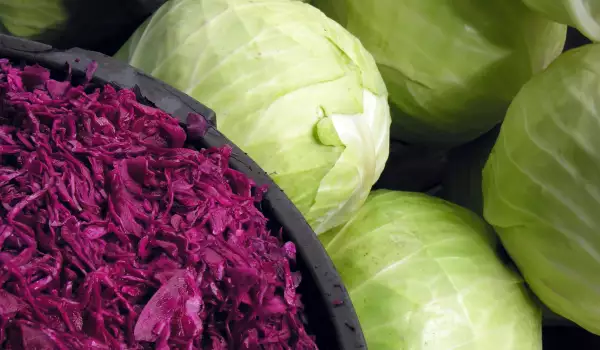
It is necessary to select a cabbage, which has firm and dense leaves, with a shiny, fresh color, without cracks, bruises and surface defects. Buying pre-cut or shredded cabbage should be avoided, as once cut, it begins to lose its valuable vitamin C content.
Selecting good cabbage is all about choosing firm, heavy heads of cabbage. Cabbage that has discolored veins or worm damage should be avoided. You should look for cabbages with sturdy, low-cut stems that don't look dry.
Storing the cabbage in a cold place will keep it fresh and help preserve the vitamin C content. The whole head of cabbage should be placed in a plastic bag and stored in the refrigerator. Red and green cabbage will stay this way for about 2 weeks, while savoy cabbage will stay good for about 1 week.
Cabbage contains goitrogens, natural substances found in some foods that can affect thyroid function. People with pre-existing and untreated thyroid problems should avoid eating cabbage for this reason.
Culinary use of cabbage

Cabbage is a delicious vegetable. It is used in many meat and vegetable dishes, salads and appetizers. White cabbage is used in many pickles and light salads. Pork with cabbage is emblematic dish in Bulgarian cuisine. Cabbage can be eaten both raw and stewed or you can make oven-baked cabbage - it's equally delicious.
Chinese and red cabbage are mainly used in salads. Brussels sprouts are cooked by stewing very briefly - approximately 7 minutes, after which they can be consumed according to taste / only with butter, with other vegetables or meat. Broccoli is complemented wonderfully by cooking cream, various types of cheese and yellow cheese.
Benefits of cabbage

- Cabbage optimizes cellular detoxification and has a purifying ability;
- The phytonutrients in cabbage are compounds that actually signal genes to increase the production of enzymes involved in detoxification, the cleansing process by which organs rid themselves of harmful compounds;
- Vegetables such as cabbage, cauliflower, broccoli, kale and Brussels sprouts can help prevent colon cancer and gastrointestinal problems in general;
- Cabbage is good for women's health. Much research has focused on the beneficial phytonutrients in cabbage, particularly its indole-3-carbonyl (I3C), sulforaphane, and indoles. These compounds activate and stabilize antioxidant activity and detoxification and lead to the removal of cancer-producing substances. Research confirms that women who eat more vegetables from the Brassica family, such as cabbage, have a much lower risk of breast cancer;
- Raw cabbage juice is extremely effective in the treatment of peptic ulcer;
- Red cabbage helps protect against Alzheimer's disease;
- It is good to add it to your menu, as this vegetable is very rich in such important organic acids and nutrients. This is what makes it a very good prophylactic a vitamin deficiency remedy;
- White cabbage is most useful when consumed fresh, because this is how all the valuable vitamins and nutrients are stored in it. If you are diabetic then it is better to boil it first. This reduces the sugar content, but unfortunately during heat treatment, its beneficial nutritional properties are also reduced;
- According to statistics, men are more prone to cardiovascular diseases than women. That is why it is especially important for the stronger sex to add cabbage to their menu, because it strengthens blood vessels. If you have any heart diseases, then it is good to avoid consuming vegetables with high content of oxalic acid. White cabbage is exactly like that, and 100 grams of the product contains only 1 gram of this acid. That is why it is not only good for men and is also an excellent prophylactic against atherosclerosis;
- Sauerkraut gives energy and is useful for the potency of the stronger sex;
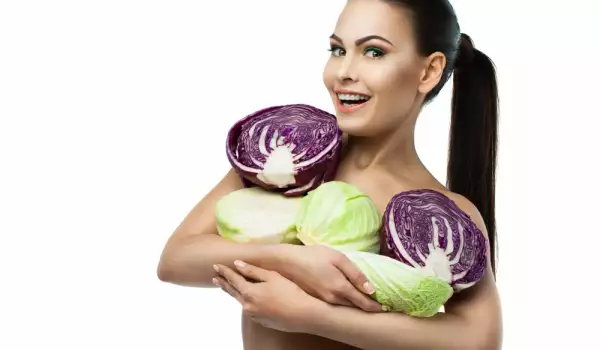
- As for women's health, the tartaric acid in the composition of cabbage controls the correct distribution of fats and carbohydrates that you get with food;
- Cabbage stimulates the metabolism, which is especially useful if you want to lose extra weight;
- The main advantage of cabbage for pregnant women is the high content of folic acid, which is extremely useful for expectant mothers; Vitamin B9 is also important at the stage when you are planning to have a child with your partner. In general, folic acid is produced in fairly small amounts in the body and can be obtained through food. In this case, cabbage is extremely useful for women;
- During breastfeeding, women need products that are high in vitamins. There is still a myth that cabbage provokes colic in babies. However, there is no exact evidence for this, and therefore, if the baby has not shown any negative reaction in the form of allergies, rashes or constipation, then this vegetable can be safely included in a woman's diet in reasonable quantities;
- Cabbage is beneficial for the health of the cardiovascular system.
Cabbage in beauty

Cabbage is also used in cosmetology, as its juice is a universal antiseptic. It is added to a number of lotions, masks and creams. Main applications:
1. For whitening freckles and age spots
To do this, you can simply wet napkins with cabbage juice and make a homemade mask for about 6-7 minutes.
2. As a softening hand cream
You can make a homemade mask by adding a teaspoon of juice to baby cream. Apply it on your hands and you will feel the difference immediately as this upgraded cream will make the skin of your hands and body soft, delicate and elastic.
3. As a facial tonic
Mix the juice of cucumber and cabbage in a ratio of 1:1 and apply the homemade mask once a week on your face.
4. As a mask for damaged hair
To do this, mix a bit of the veggie and lemon juice, then apply the mixture for 10 minutes and rinse it with lukewarm water.
Contraindications for the use of cabbage
There are a number of reasons and factors in which cabbage can be prohibited for use. First, even a healthy person should not abuse this product. The harm from white cabbage lies in the fact that it has an excess of fiber and organic acids, which can cause problems with the digestive tract. People who have iodine deficiency in the body, should consume this vegetable with caution. In general, you should not consume cabbage with the following pathologies:
- gastroenterocolitis;
- pancreatitis;
- gastritis with increased stomach acidity;
- thyroid gland disease;
- irritable bowel syndrome;
- liver diseases;
- after a heart attack.
Interesting facts about cabbage
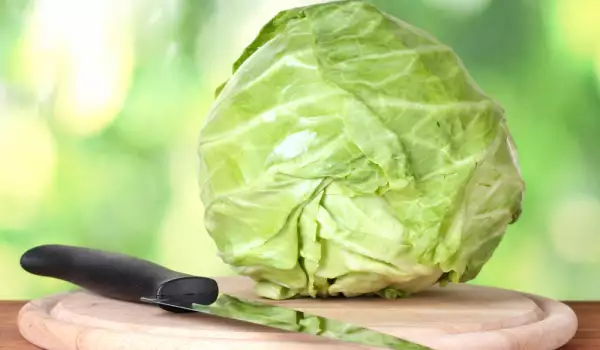
1. In the past, sauerkraut was kept in man-sized tubs. The heads themselves were marinated whole, which increased the shelf life of the cabbage according to people back then;
2. Cabbage is rich in proteins, calcium, potassium, phosphorus, magnesium, sodium and iron;
3. Brussels sprouts outwardly resemble a miniature version of our well-known white cabbage. It has diuretic, choleretic and laxative properties, as well as an anti-inflammatory effect;
4. Cabbage consumption leads to increased gas formation and only its heat treatment can reduce this effect;
5. Sauerkraut and fresh cabbage are the best remedies for inflammation and scurvy, and also cleanses the body of radionuclides and heavy metals;
6. White cabbage is rich in pectin, sugars, proteins, organic acids, mustard oil, starch, fiber, macro- and microelements and a number of important vitamins;
7. In terms of vitamin C content, it even surpasses lemon and many other citrus fruits.
Cabbage is a very popular product in many countries around the world. The reason for this is not only that it is easy to grow cabbage, but also that it is very good for health. And last but not least, fresh cabbage and sauerkraut can be stored for quite a long time.
And if you're in the mood for some nice fresh cabbage, make one of our healthy cabbage soup suggestions. You can also prepare for your loved ones chicken with cabbage according to one of our recipes.

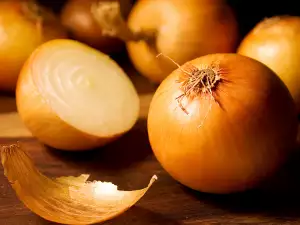

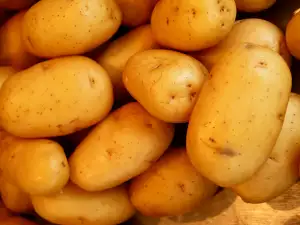
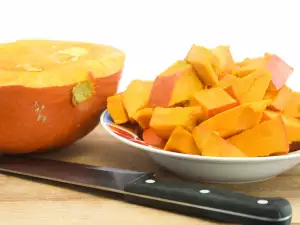


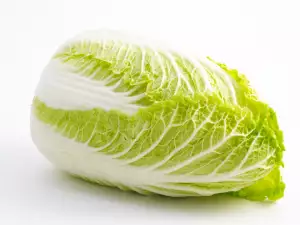
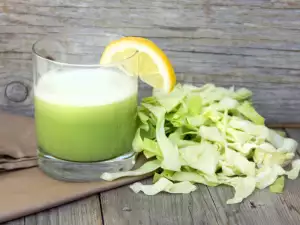
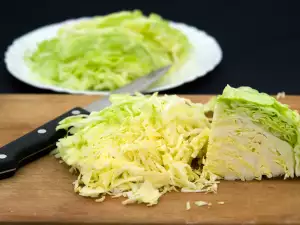
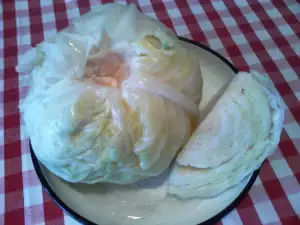
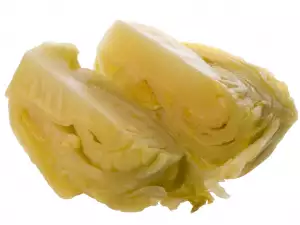

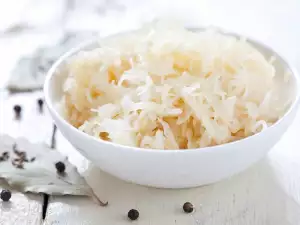
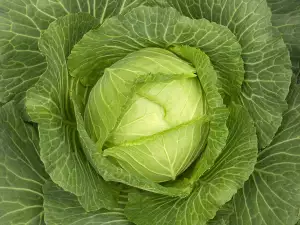




Comments